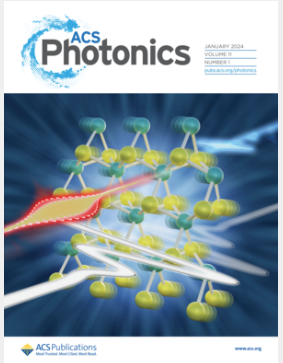神经网络特征重要性方法回顾与基准
IF 6.5
1区 物理与天体物理
Q1 MATERIALS SCIENCE, MULTIDISCIPLINARY
引用次数: 0
摘要
特征归因法(AMs)是为神经网络等黑箱模型的预测提供解释的一种简单方法。然而,由于概念上的差异,众多不同的方法会产生模棱两可的解释。虽然这样可以获得对模型的不同见解,但也使决定采用哪种方法变得复杂。因此,本文总结了有关 AM 的当前技术水平,其中包括方法本身的要求和需要,以及其解释的特性。在对现有方法进行调查的基础上,本文更详细地介绍了由δ灵敏度指数、排列特征重要性、人工神经网络中基于方差的特征重要性和 DeepSHAP 组成的代表性子集,并首次在回归背景下对其进行了基准测试。为此,特别提出了针对特定模型 AM 的新验证策略。不出所料,解释与直觉以及解释之间的一致性显然取决于 AMs 的属性。这有两层含义:首先,在选择 AM 时需要仔细推敲。其次,建议采用多种 AM 并结合其见解,以进一步降低模型的不透明性。本文章由计算机程序翻译,如有差异,请以英文原文为准。
A review and benchmark of feature importance methods for neural networks
Feature attribution methods (AMs) are a simple means to provide explanations for the predictions of black-box models like neural networks. Due to their conceptual differences, the numerous different methods, however, yield ambiguous explanations. While this allows for obtaining different insights into the model, it also complicates the decision which method to adopt. This paper, therefore, summarizes the current state of the art regarding AMs, which includes the requirements and desiderata of the methods themselves as well as the properties of their explanations. Based on a survey of existing methods, a representative subset consisting of the
δ
-sensitivity index, permutation feature importance, variance-based feature importance in artificial neural networks and DeepSHAP, is described in greater detail and, for the first time, benchmarked in a regression context. Specifically for this purpose, a new verification strategy for model-specific AMs is proposed. As expected, the explanations’ agreement with the intuition and among each other clearly depends on the AMs’ properties. This has two implications: First, careful reasoning about the selection of an AM is required. Secondly, it is recommended to apply multiple AMs and combine their insights in order to reduce the model’s opacity even further.
求助全文
通过发布文献求助,成功后即可免费获取论文全文。
去求助
来源期刊

ACS Photonics
NANOSCIENCE & NANOTECHNOLOGY-MATERIALS SCIENCE, MULTIDISCIPLINARY
CiteScore
11.90
自引率
5.70%
发文量
438
审稿时长
2.3 months
期刊介绍:
Published as soon as accepted and summarized in monthly issues, ACS Photonics will publish Research Articles, Letters, Perspectives, and Reviews, to encompass the full scope of published research in this field.
 求助内容:
求助内容: 应助结果提醒方式:
应助结果提醒方式:


